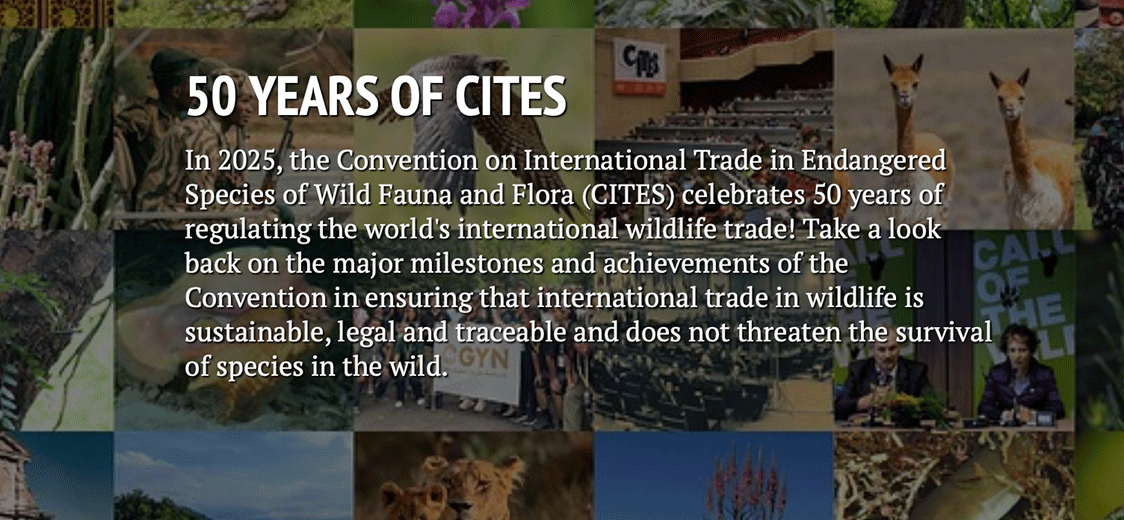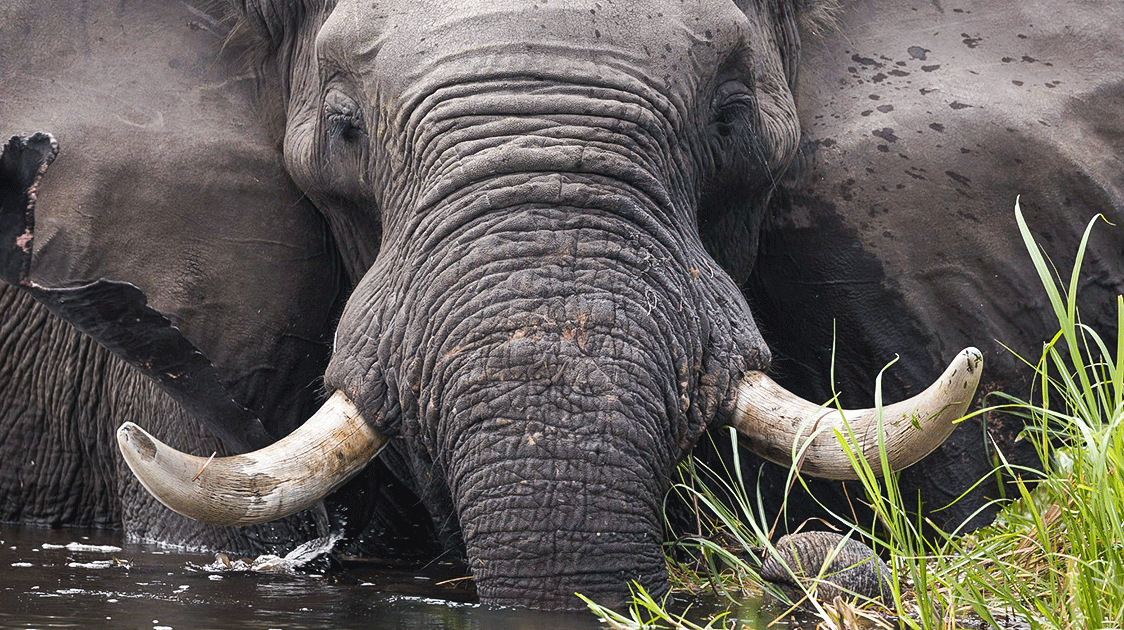Can Africa Afford to Protect Its Wildlife?
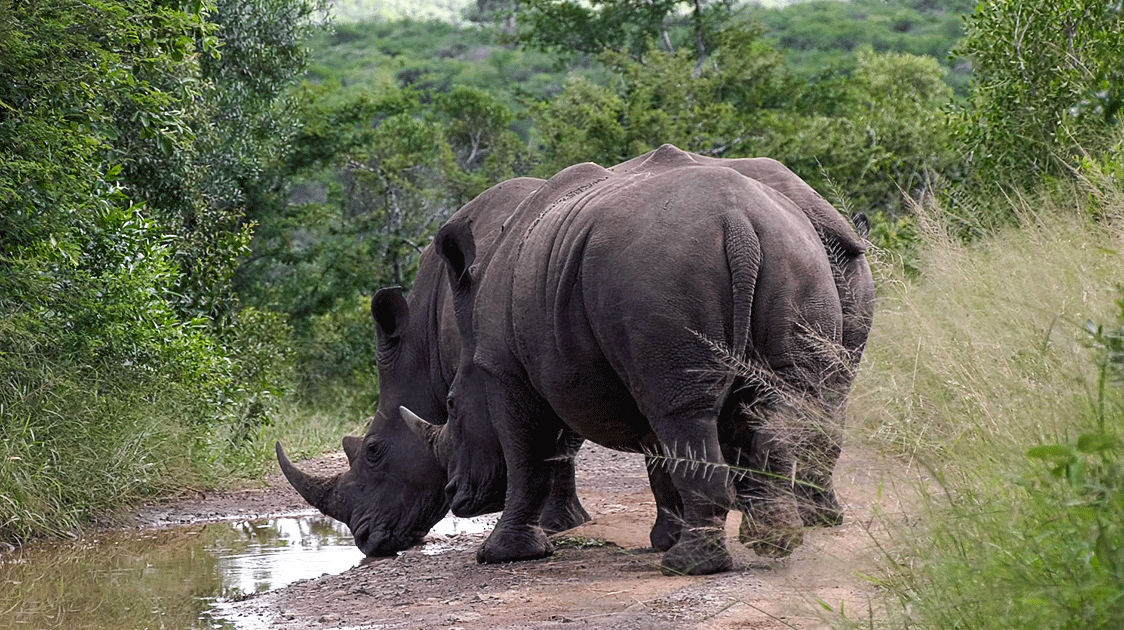
With the endless challenges facing African governments, such as poverty, inadequate infrastructure, unemployment, and institutional fragility, wildlife conservation is invariably at the bottom of the "to-do list".
One of Africa's central paradoxes is that the continent has unparalleled natural wealth, from iconic megafauna to diverse ecosystems, but most nations can't afford to care for it.
The brutal math of governance forces difficult choices. Build schools or protect elephants?
As governments grapple with crises, economic downturns, climate change impacts, and social upheaval, the question evolves from "Can we afford conservation?" to "Can we afford not to explore alternative management models?"
Delegating protected area management to private entities is not just a shift in administrative control; it signals a pragmatic recognition that conservation, like development, requires diverse approaches and resources.
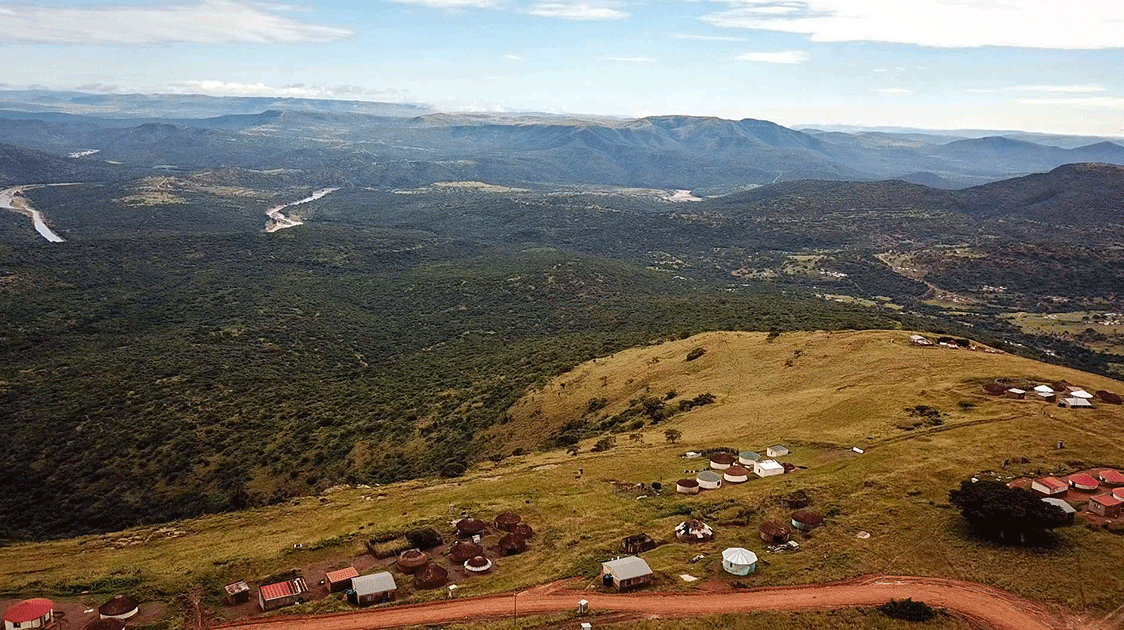
When governments openly acknowledge their limitations and invite private sector participation, they are not admitting failure but embracing a more nuanced understanding of governance in the 21st century.
The research article "Private Management of African Protected Areas Improves Wildlife Conservation Outcomes" examines the impact of private management on the effectiveness of protected areas (PAs) in Africa.
The study addresses the challenges PAs face under governmental management, such as limited funding and institutional constraints, and explores how private management can enhance conservation efforts.
Background
Protected areas are essential for conserving biodiversity and providing ecosystem services. In Africa, many PAs are managed by government agencies that often struggle with inadequate resources and capacity, leading to suboptimal conservation outcomes.
To overcome these challenges, some African governments have delegated PA management to private entities, including non-governmental organizations (NGOs) and private companies.
This shift aims to leverage private sector efficiency, funding, and expertise to improve wildlife conservation.
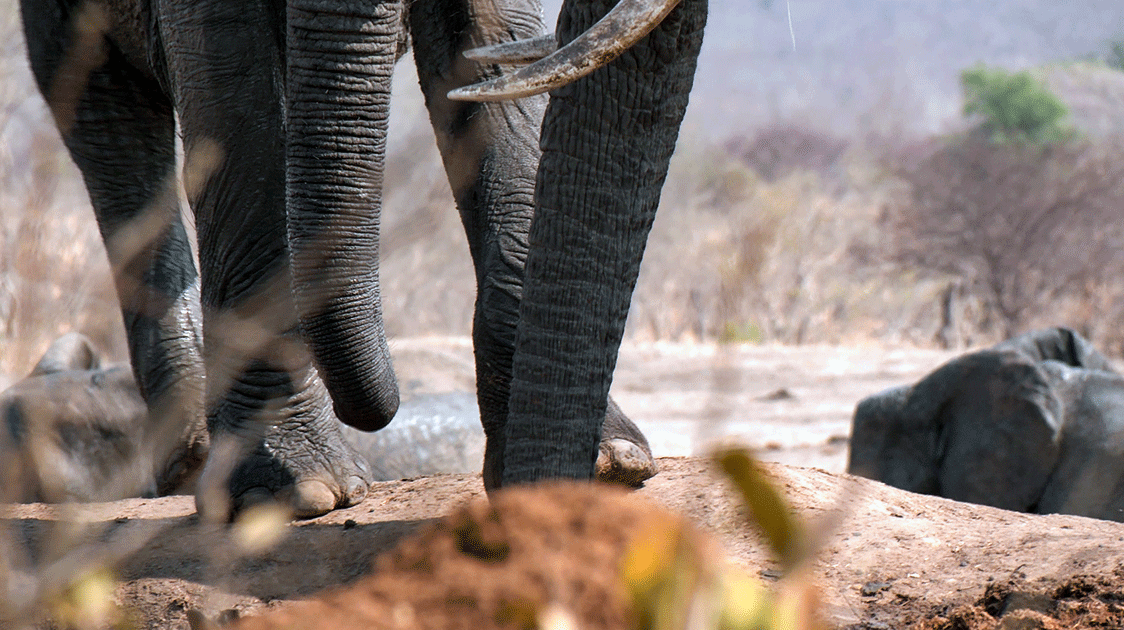
Study Objectives
The study aims to assess whether private management of PAs leads to better wildlife conservation outcomes compared to government management.
Specifically, it assesses the impact of private management on wildlife populations, habitat quality, and the delivery of ecosystem services.
Methodology
The researchers conducted a comparative analysis of PAs under private and government management across multiple African countries.
They collected data on wildlife populations, habitat conditions, and management practices.
The study employed statistical models to control for confounding factors such as PA size, location, and ecological characteristics, ensuring that observed differences in conservation outcomes could be attributed to management type.
Key Findings
- Wildlife Populations: PAs under private management exhibited higher wildlife densities and more stable populations than those under government management. This trend was consistent across various species, including large mammals and threatened species.
- Habitat Quality: Privately managed PAs maintained better habitat conditions, characterized by lower levels of habitat degradation and higher vegetation cover. These areas also showed more effective control of invasive species and better fire management practices.
- Anti-Poaching Efforts: Private management was associated with more robust anti-poaching measures, resulting in lower poaching rates. This included increased patrolling efforts, better-equipped ranger teams, and the use of advanced technologies for surveillance.
- Community Engagement: Privately managed PAs demonstrated higher levels of engagement with local communities, including benefit-sharing programs, employment opportunities, and support for community development projects. This engagement improved relationships between PAs and surrounding communities, fostering local support for conservation initiatives.
- Financial Sustainability: Private entities were more successful in securing diverse funding sources, including tourism revenue, donations, and grants. This economic stability enabled consistent investment in conservation activities and infrastructure maintenance.

Discussion
The findings suggest that private management can enhance the effectiveness of PAs in Africa by addressing common challenges faced by government-managed areas. The study highlights several mechanisms through which private management contributes to improved conservation outcomes:
- Resource Allocation: Private managers often have greater flexibility in allocating resources and can implement adaptive management strategies more efficiently.
- Accountability: Private entities may operate under performance-based contracts, incentivizing them to achieve specific conservation targets.
- Innovation: The private sector can introduce innovative approaches and technologies in PA management, enhancing effectiveness.
However, the study also acknowledges potential challenges associated with private management, such as the risk of prioritizing profit over conservation goals and possible conflicts with local communities if not managed inclusively.
The authors emphasize the importance of establishing clear governance frameworks and accountability mechanisms to ensure private management aligns with broader conservation objectives and social considerations.
Conclusion
The research provides evidence that private management can improve wildlife conservation outcomes in African PAs.
The authors suggest that policymakers consider private management a viable option for enhancing PA effectiveness, particularly in contexts where government agencies face significant resource and capacity limitations.
They recommend further research to explore the long-term impacts of private management and identify best practices for integrating private entities into national conservation strategies.
In summary, the study contributes to the ongoing discourse on PA management models in Africa, offering insights into how private sector involvement can complement public efforts to conserve biodiversity and sustain ecosystem services.


